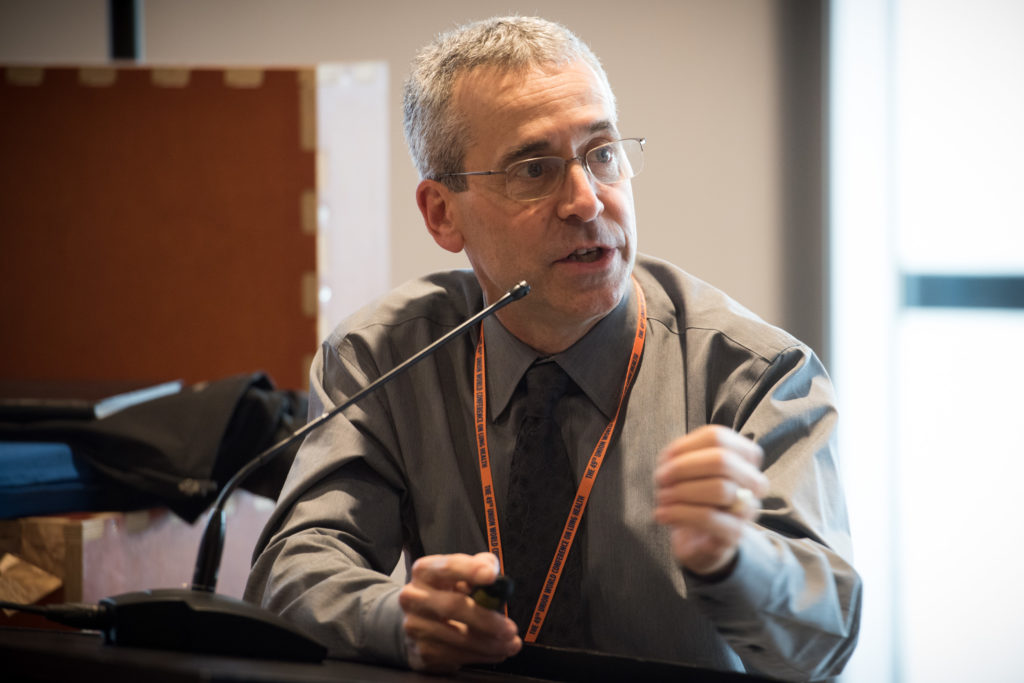In September, TREAT TB hosted a webinar for STREAM Community Advisory Boards (CABs) from across Africa, Asia, and Europe to discuss how community engagement acts as a “mechanism of accountability” in research, and the important role CABs play at all stages of the research cycle. Dr. I.D. Rusen, Senior Vice President, Vital Strategies Research Division, Dr. Ezio Tavora, member of the Global TB CAB, and Dr. Francesca Conradie, a TB researcher from Wits Health Consortium in South Africa used recent case studies to highlight the impact CABs can have.
Dr. Tavora began by emphasizing the goals of community engagement in research – to ensure the best research results are implemented and that communities are not impacted by harmful or ineffective interventions.
Participants agreed that the interaction between CABs and researchers should be a dialogue, where there are no winners or losers. Instead, CABs seek to bridge communities and researchers to identify gaps and differing perspectives. In the Nix-TB trial, the Global TB CAB raised important questions regarding the study’s design, including the absence of a control group. Dr. Conradie, Principal Investigator for the study, emphasized that the concerns of the Global TB CAB were considered carefully but the absence of a suitable control made it impossible to use a “traditional” controlled trial design. In contrast, concerns raised by the Global TB CAB and Treatment Action Group regarding STREAM resulted in meaningful changes to the design of Stage 2 of the trial, including initial retention of Arm A, the WHO’s 2011 20- to 24-month regimen.

The ideal community engagement model always incorporates community input on trial protocols before they are finalized, and the important role played by the Global TB CAB in both the Nix-TB and STREAM trials demonstrates how that can work. However, particularly in multi-site and regulated trials, the process for local CAB involvement is complex. Dr. Rusen clarified that consultation with local CABs prior to protocol finalization is particularly challenging. A centralized review of protocols by regulators and global ethics committees means that protocols for multi-site trials are often agreed before trial locations are even selected. At that stage, the need for consistency across trial sites and the time required to obtain additional regulatory approvals often makes it challenging to maximize local CAB input.
STREAM CAB members urged researchers to continue trying to identify appropriate mechanisms for meaningful input from the community at the initial stages of protocol design. They emphasized that early CAB involvement helps to ensure that trials are acceptable and relevant in the communities where they are conducted. Oxana Rucsineanu, MDR-TB survivor and a coordinator of the Moldova CAB, suggested that early input from local CABs might be more feasible by strengthening local CAB involvement with international TB CABs and if researchers were able to identify at least some study sites earlier in trial design.
TREAT TB and STREAM community engagement members will continue to work together to identify the best way for STREAM CABs to continue their valuable contributions to STREAM and to new research at their sites. Thank you to everyone who joined the webinar.
